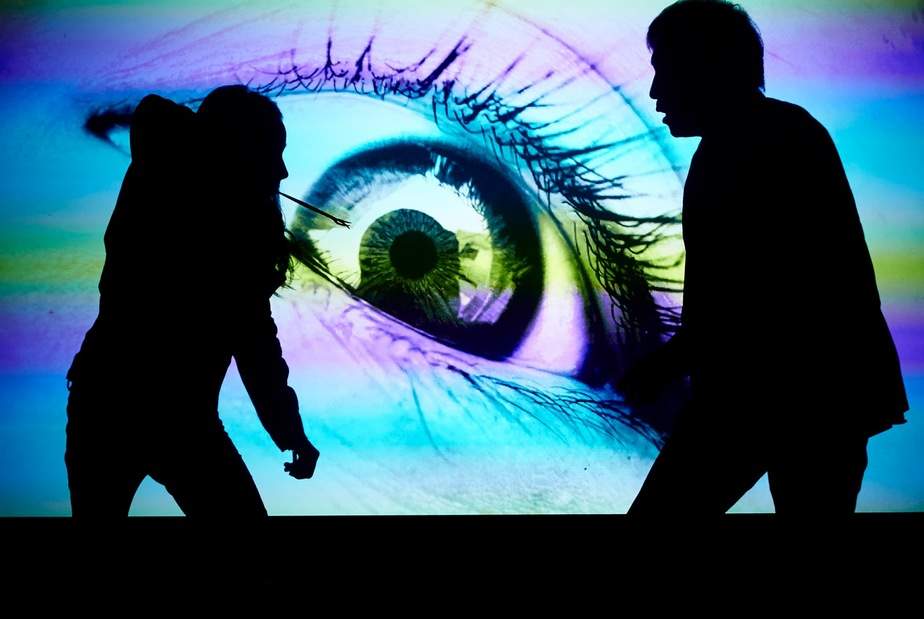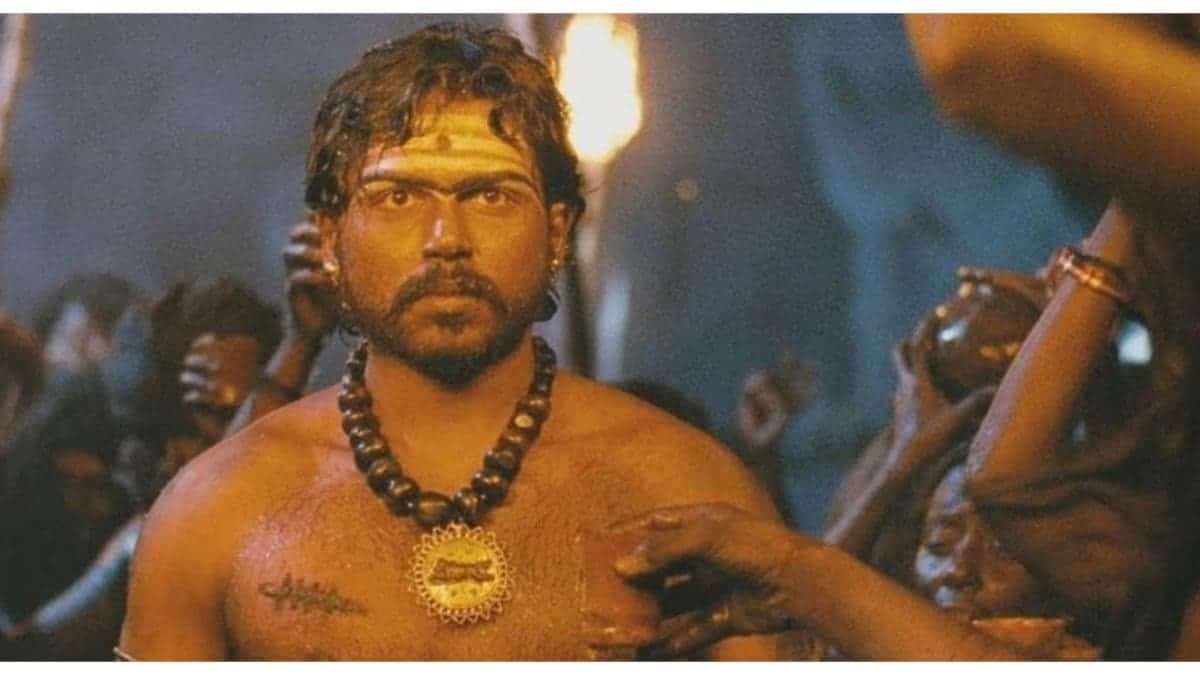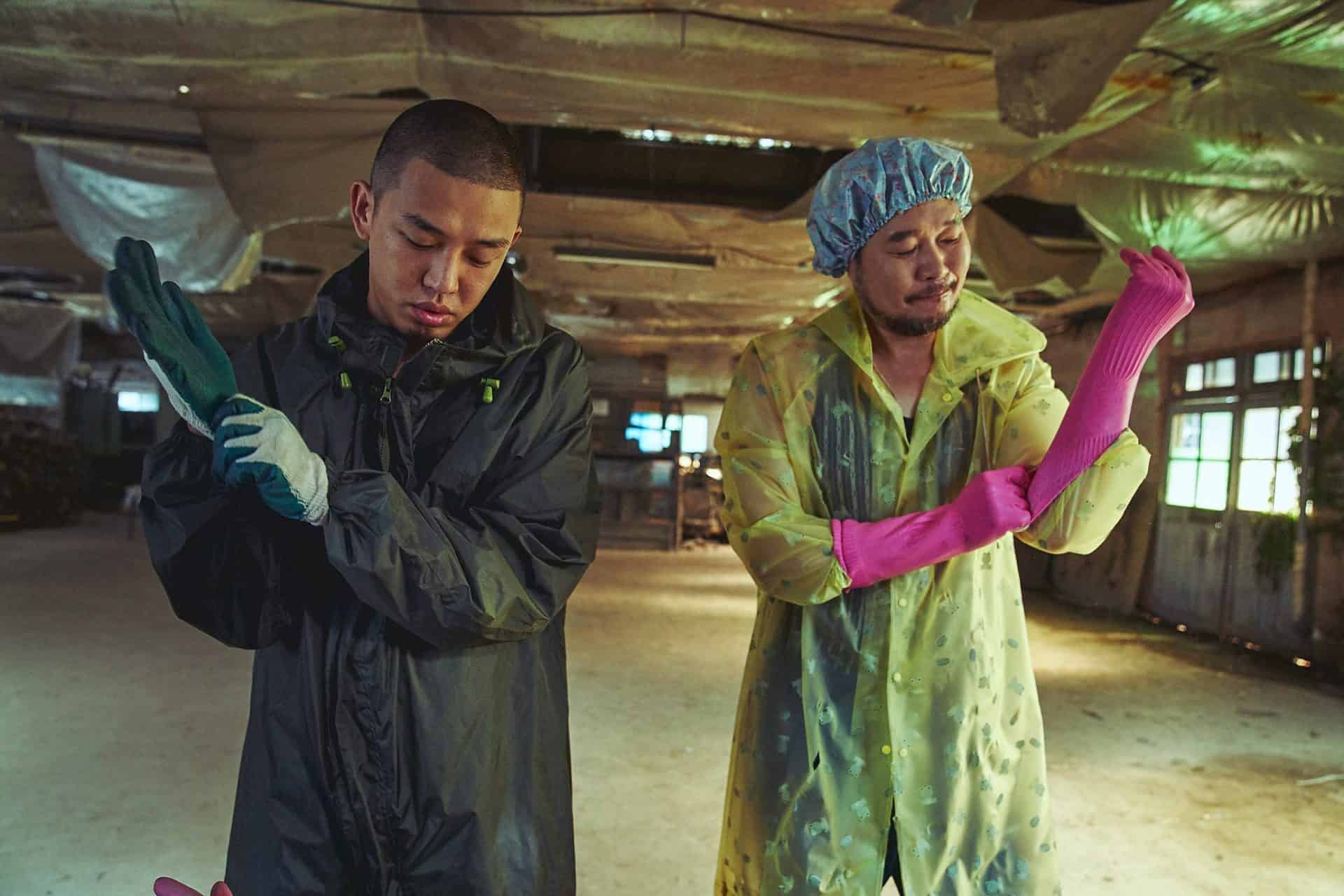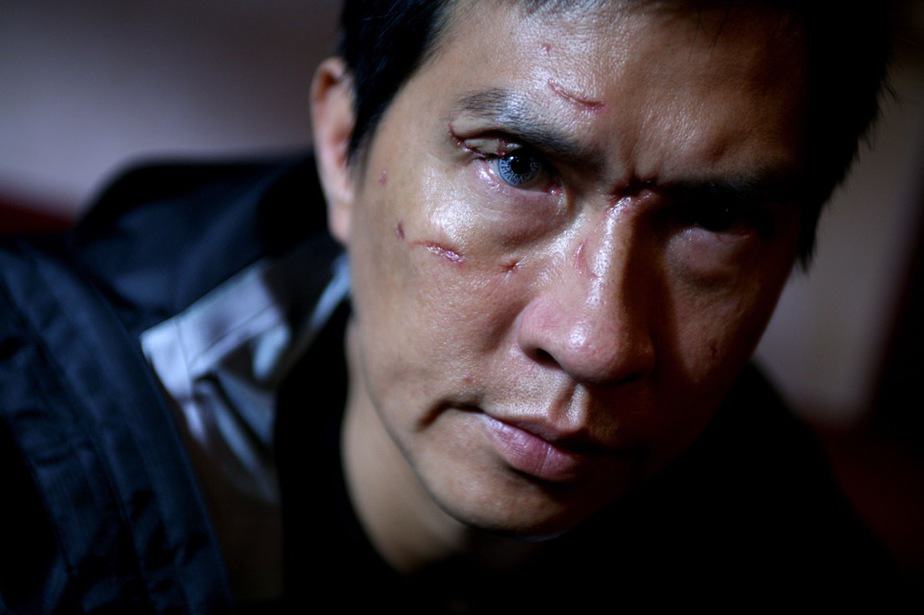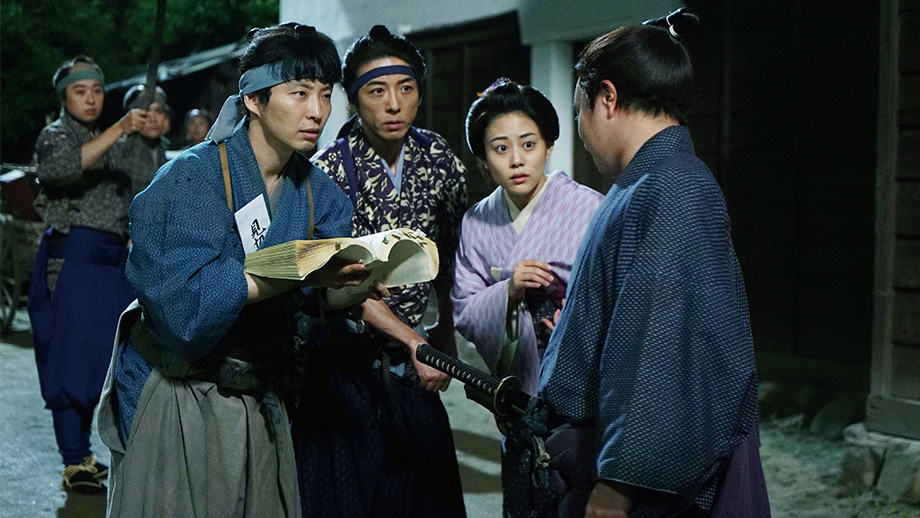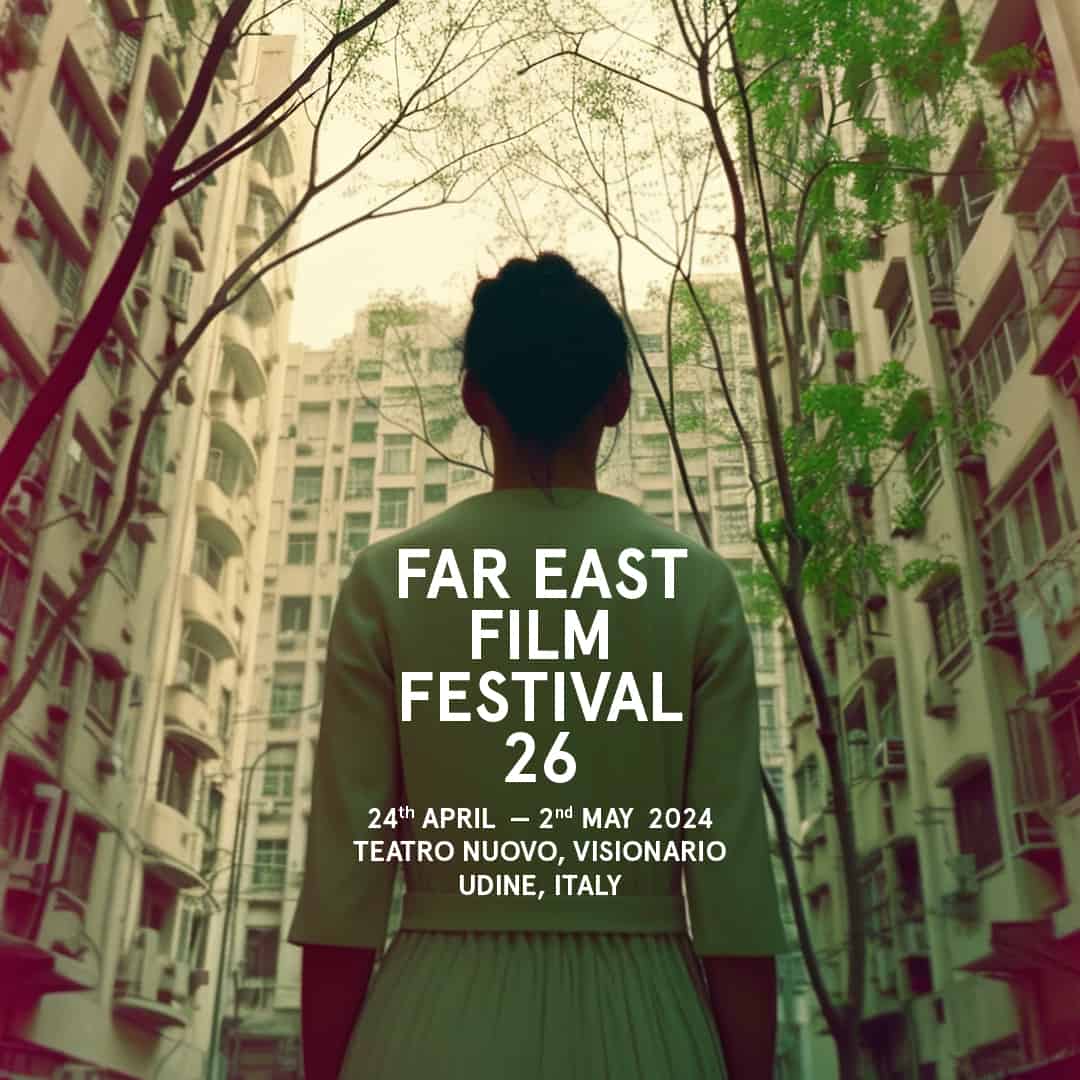A very odd production (as is usual the case with Sato's films, one of the “Four Heavenly Kings of Pink”) that combines the Pinku film with the body horror and the splatter, “The Eye's Dream” also harbors an interesting story behind its production. It was produced by Verena Paravel and Lucien Castaing-Taylor of Harvard University's Sensory Ethnography Lab, the outfit behind masterpieces like “Leviathan” (2012) and “Sweetgrass” (2009). Paravel and Castaing-Taylor documented the creation of Sato's film, and are currently working on a documentary about its production.
Maya, the protagonist of the film is quite a character. She was abducted and raped when she was a child by a man who removed one of her eyes, forcing her to replace it with a fake one, and at the same time, making her obsessed with eyes. Currently, Maya is a photographer who uses a very aggressive technique: she actually hunts people in the streets, shoving her camera in their faces, in order to photograph their eyes from as close as possible. She exhibits the photos she acquires in a warehouse filled with every kind of digital and analogue medium, including videos, screens and framed photos, all of which depict eyes in disturbing fashion. Her girlfriend, Rie is responsible for this techno-industrial setting.
“The Eye's Dream” screened at Japan Filmfest Hamburg
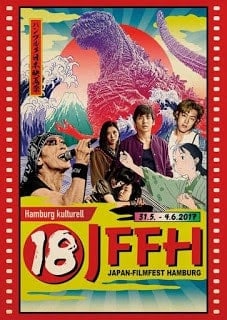
Eventually, Maya meets a neurologist named Sata, who diagnoses her with an unusual form of phantom pain, the result of her kidnapping. He also asks her to allow him to shoot a film about her, in an endeavor that includes his assistant, Yuichi, following her with a camera as she photographs people. At the same time, a maniac who attacks people and takes their eyes roams the city, and Maya's former tormentor has not forgotten her.
Hisayasu Sato directs a paranoid film where the borders between fantasy and reality are very thin, and is filled with abnormal eroticism and sadism, that seems to draw much from George Battaille's “Story of the Eye,” as, for example, regarding the use of eye bulbs during the sex scenes. Apart from that, the film is filled with lengthy, steamy, and occasionally abnormal sex scenes and gore, which is usually turned towards people's eyes, not to mention phrases like “Raping you was so spectacular” and “Let me lick your eyeball.”

However, the film is not all gore and sex. Sato makes a distinct comment about the way people perceive the world through their eyes, in a tendency that is frequently misguided, and presents voyeurism in a very extreme fashion, through the concept of Maya's way of taking photos. In that fashion, the film lingers somewhere between the grotesque and the psychedelic, with the production values heightening this sense even. Miki Shigenori's cinematography is impressive, as he creates a hellish world filled with grotesque close ups, fluorescent lights, meaningful shadows and digital images, similar to the style implemented in Shinya Tsukamoto's “Snake of June.” In combination with Castaing-Taylor's frequently abrupt, but always quick editing, the film occasionally functions as an extreme, but visually impressive music video.
Marissa as Maya plays the screaming queen to perfection, while her transformation, from an eccentric photographer with psychiatric issues to a true maniac is one of the film's highlights. Rina Sakuragi has a playful but sultry presence as Rie and Tsuyoshi Nakano is seemingly serious, but emits a sense that something else is going on, as Sata. Ryuju Kobayashi as Yuichi plays a smug man, with a permanent ironic smile on his lips, in a role very similar to the one he had in “Guilty of Romance.”
“The Eye's Dream” features a great combination of most of the exploitation genres, wrapped in a highly artistic packaging that sets the film apart from the plethora of similar productions coming out of Japan.


